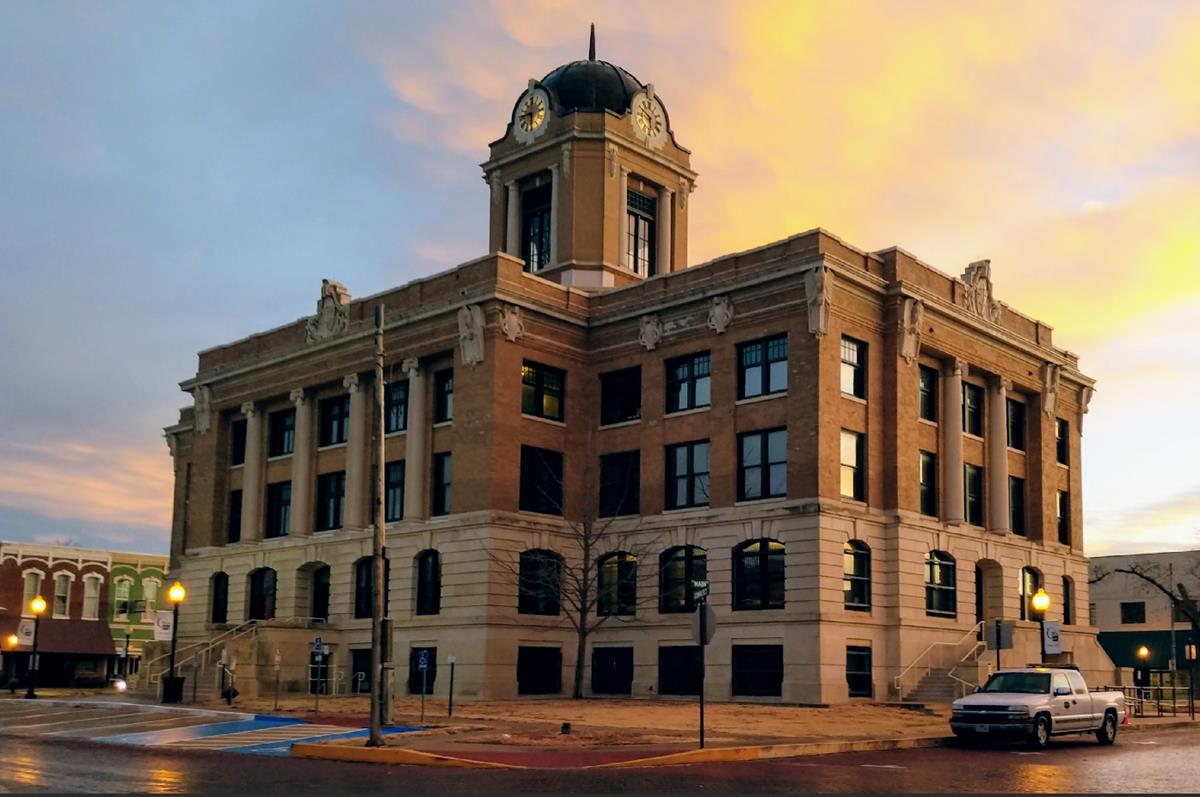Cook County Government and Services: Cooke County

Cook County is a metropolitan county in the U.S. state of Illinois, containing Chicago, the third-most populous city in the United States. The county was created in 1831 and named after Daniel Pope Cook, a prominent Illinois politician. Cook County is governed by a 17-member Board of Commissioners, which is responsible for overseeing the county’s budget, taxes, and services. The county’s major departments include the Sheriff’s Office, the Department of Corrections, the Department of Public Health, and the Department of Human Services.
Cook County Government Structure
Cook County is governed by a 17-member Board of Commissioners, which is elected by the county’s voters. The Board of Commissioners is responsible for overseeing the county’s budget, taxes, and services. The Board also appoints the county’s Sheriff, Treasurer, and Clerk.
Major Departments and Responsibilities
Cook County’s major departments include:
- The Sheriff’s Office is responsible for law enforcement in the county.
- The Department of Corrections is responsible for operating the county’s jails.
- The Department of Public Health is responsible for protecting the health of the county’s residents.
- The Department of Human Services is responsible for providing social services to the county’s residents.
Cook County Budget and Tax System
Cook County’s budget is funded by a variety of sources, including property taxes, sales taxes, and income taxes. The county’s tax system is complex and has been the subject of much debate in recent years.
Cook County Demographics and Population

Cook County is the most populous county in Illinois, with a population of over 5.2 million people. The county is also the second most populous county in the United States, after Los Angeles County, California. The population of Cook County has grown steadily over the past several decades, with a 10% increase since 2000. The county’s population density is 4,232 people per square mile, which is much higher than the national average of 87.4 people per square mile.
Cook County is a diverse county, with a population that includes people from all over the world. The largest ethnic groups in Cook County are White (44.6%), Hispanic (29.2%), Black (15.6%), and Asian (6.3%). The county is also home to a large number of immigrants, with over 25% of the population born outside the United States.
The median income in Cook County is $63,000, which is higher than the national average of $57,652. However, there is a significant income gap between the county’s wealthiest and poorest residents. The top 1% of earners in Cook County earn over $500,000 per year, while the bottom 20% of earners earn less than $25,000 per year.
Cook County History and Culture

Cooke county – Cook County, named after Daniel Pope Cook, a prominent Illinois politician, is the most populous county in Illinois and the second most populous county in the United States, after Los Angeles County, California. Cook County is home to the city of Chicago, which is the third most populous city in the United States. The county has a rich history and culture, dating back to the 18th century.
Timeline of Significant Events in Cook County’s History
- 1788: The Northwest Territory, which included the area that is now Cook County, was established.
- 1803: The United States acquired the Louisiana Territory, which included the area that is now Cook County.
- 1812: The War of 1812 was fought between the United States and Great Britain. Cook County was the site of several battles during the war.
- 1818: Illinois became a state.
- 1833: Cook County was created.
- 1837: Chicago was incorporated as a city.
- 1871: The Great Chicago Fire destroyed much of the city.
- 1893: The World’s Columbian Exposition was held in Chicago.
- 1909: The Burnham Plan was adopted, which led to the development of the modern city of Chicago.
- 1919: The Chicago Race Riot occurred.
- 1933: The Century of Progress Exposition was held in Chicago.
- 1942: The University of Chicago was founded.
- 1968: The Democratic National Convention was held in Chicago.
- 1979: The Sears Tower was completed.
- 2008: Barack Obama was elected President of the United States.
Cook County’s Role in the Development of Chicago
Cook County has played a major role in the development of Chicago. The county is home to the city’s central business district, as well as many of its cultural and educational institutions. Cook County is also a major transportation hub, with O’Hare International Airport and Midway International Airport being two of the busiest airports in the world.
Cultural Attractions and Landmarks in Cook County, Cooke county
Cook County is home to a wide variety of cultural attractions and landmarks. Some of the most popular include:
- The Art Institute of Chicago
- The Field Museum of Natural History
- The Museum of Science and Industry
- The Shedd Aquarium
- The Willis Tower (formerly known as the Sears Tower)
- The Wrigley Building
- The Magnificent Mile
- Grant Park
- Lincoln Park Zoo
- The University of Chicago
- The Chicago Cultural Center
- The Chicago Symphony Orchestra
- The Lyric Opera of Chicago